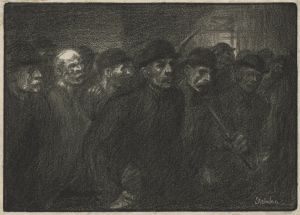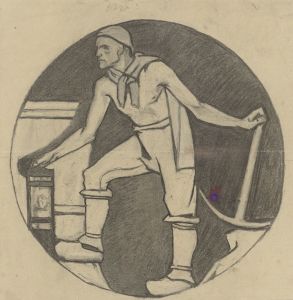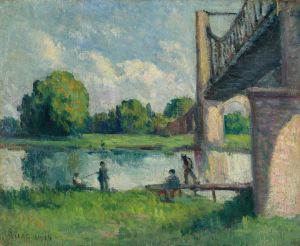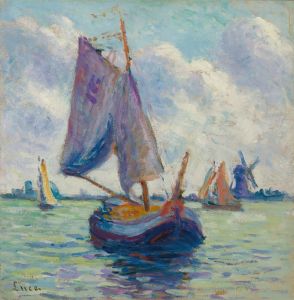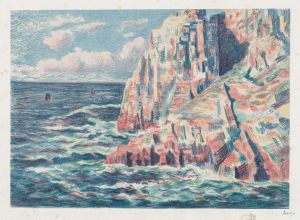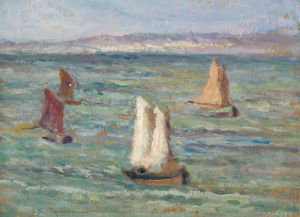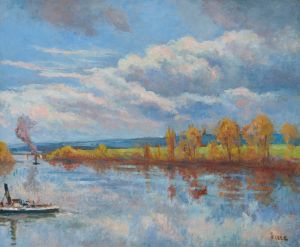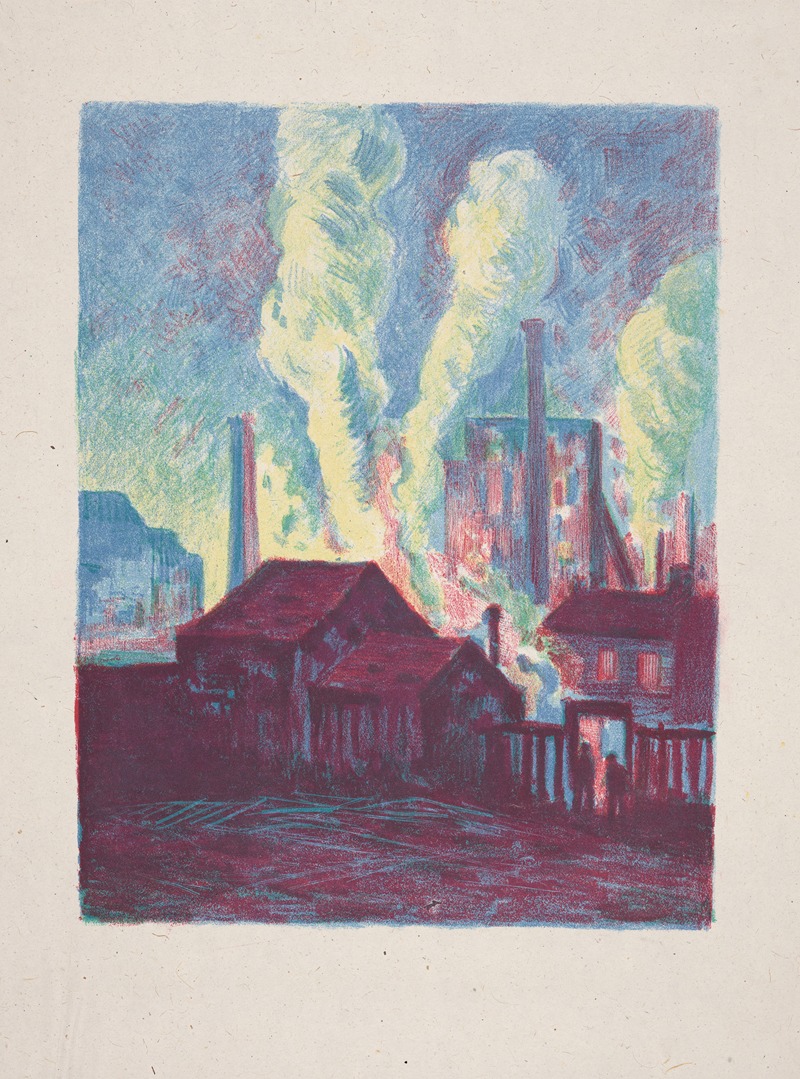
Hochofen
A hand-painted replica of Maximilien Luce’s masterpiece Hochofen, meticulously crafted by professional artists to capture the true essence of the original. Each piece is created with museum-quality canvas and rare mineral pigments, carefully painted by experienced artists with delicate brushstrokes and rich, layered colors to perfectly recreate the texture of the original artwork. Unlike machine-printed reproductions, this hand-painted version brings the painting to life, infused with the artist’s emotions and skill in every stroke. Whether for personal collection or home decoration, it instantly elevates the artistic atmosphere of any space.
Maximilien Luce was a French Neo-Impressionist artist known for his paintings, illustrations, and engravings. Born in 1858, Luce was a prominent figure in the late 19th and early 20th-century art scene, particularly associated with the Pointillism technique, which was characterized by the application of small, distinct dots of color to form an image. This technique was part of the broader Neo-Impressionism movement, which sought to bring a scientific approach to the use of color and light in painting.
One of Luce's notable works is "Hochofen," which translates to "Blast Furnace" in English. This painting exemplifies Luce's interest in industrial landscapes, a subject that was relatively novel at the time. The industrial revolution had transformed the landscapes of Europe, and artists like Luce were captivated by the dramatic changes and the new aesthetic possibilities they presented. "Hochofen" captures the essence of this industrial transformation, depicting the intense activity and the stark beauty of a blast furnace in operation.
Luce's "Hochofen" is a vivid portrayal of the industrial environment, characterized by the use of vibrant colors and dynamic composition. The painting likely showcases the interplay of light and shadow, a hallmark of Luce's style, which he achieved through the meticulous application of the Pointillist technique. This method allowed Luce to capture the luminosity and movement of the scene, conveying the heat and energy of the blast furnace.
The subject matter of "Hochofen" reflects Luce's broader social and political concerns. As an artist with anarchist sympathies, Luce was deeply interested in the lives of the working class and the impact of industrialization on society. His paintings often depicted workers and industrial scenes, highlighting both the progress and the challenges brought about by technological advancements. In "Hochofen," Luce not only presents an industrial scene but also invites viewers to consider the human element within this mechanized world.
Luce's work, including "Hochofen," is significant for its contribution to the Neo-Impressionist movement and its exploration of modern life. By focusing on industrial subjects, Luce expanded the scope of Impressionist and Post-Impressionist art, which had traditionally centered on natural landscapes and bourgeois leisure activities. His paintings serve as a historical record of a pivotal era in European history, capturing the spirit of innovation and the complexities of industrial society.
Today, Maximilien Luce's paintings, including "Hochofen," are appreciated for their technical mastery and their insightful commentary on the social and economic changes of his time. His work continues to be studied and exhibited, offering valuable insights into the intersection of art, industry, and society during the late 19th and early 20th centuries.






